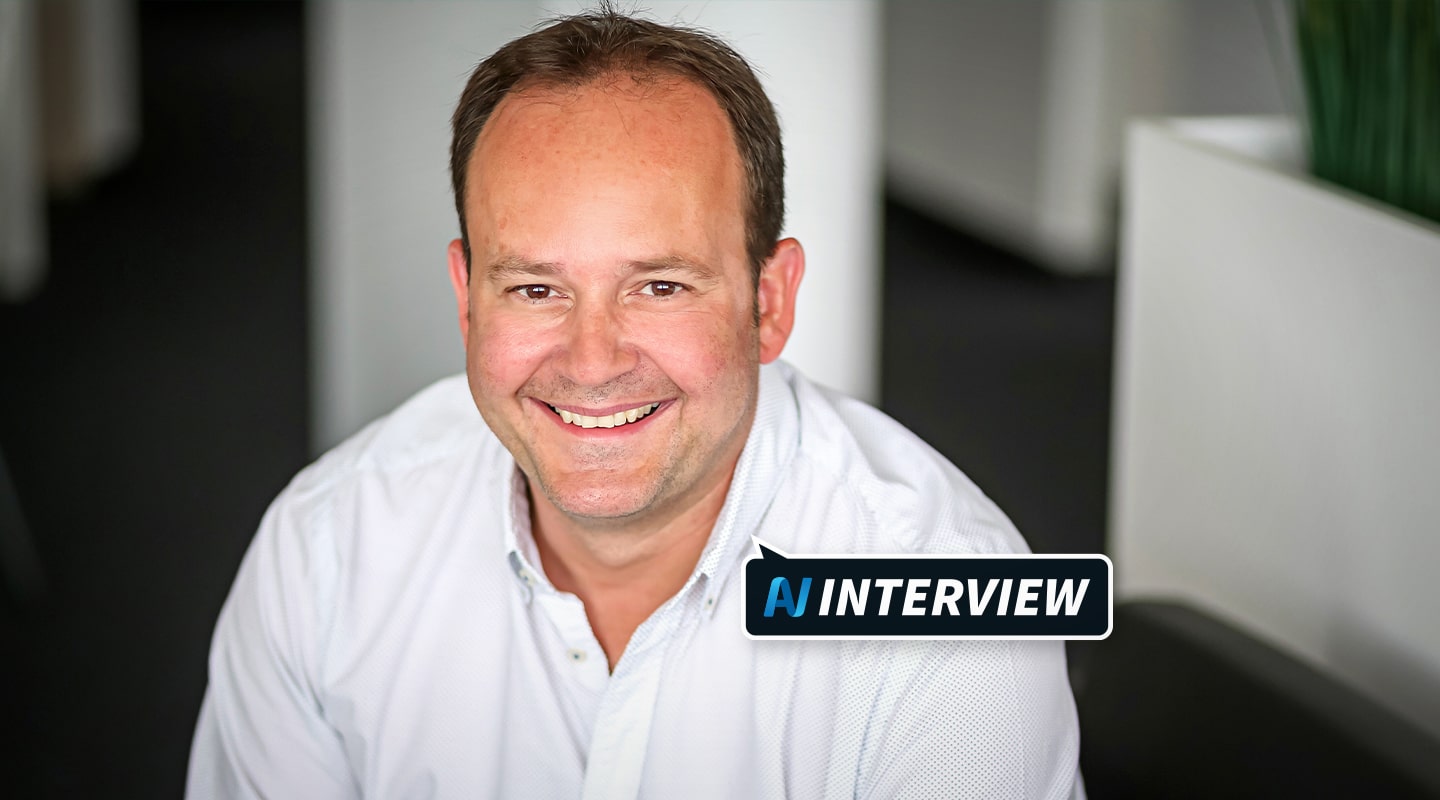
AV Interview: Frederic Kromberg, Klotz AIS
Klotz AIS’s international sales director has a useful bird’s eye view of the industry – commercial AV and production.
Klotz is one of the first names in professional audio and AV circles — one of those brands that has quietly become part of the global infrastructure. Known for its rugged, reliable cabling, the German manufacturer has expanded its reach well beyond the humble XLR, embracing fibre and high-performance signal distribution solutions.
Frederic Kromberg, Director of International Sales at Klotz AIS, provides a deeper insight into the company’s DNA, its evolution, and the enduring relevance of cabling in an increasingly wireless world.
AV.technology: Frederic, good to chat. Let’s start with your role at Klotz and a quick primer on the company for those new to the name.
Frederic Kromberg: I’m the Director of International Sales for Klotz AIS. We’re based in Germany and, yes, we do have a bit of an omnipresence globally. Klotz started out in 1979 — not as a cable company, actually, but making speaker cabinets and PA solutions. The founders, Thomas, Dieter, and Peter Klotz, realised there was a gap in the German market for locally made loudspeakers, as everything was coming from the UK or US.
Pretty soon, they moved into rental and PA systems, and quickly identified another gap: cabling. No one was really manufacturing pro audio cables in Germany, so they began making them — initially for musicians and then more broadly for stage and signal distribution use.
AV: That origin story is familiar: identify a local need, develop a solution, and before you know it, you’re a global player. Was there a defining innovation that put Klotz on the map?
Kromberg: Absolutely. After about two decades, competition in the PA and loudspeaker space intensified, and Klotz Electronics split. In 1994, Dieter and Peter Klotz led a management buyout to focus solely on the cable division, forming Klotz AIS — the company I’m with today. Around the same time, Thomas Klotz pursued digital audio systems and formed Klotz Digital.
That split allowed us to really double down on passive signal distribution and to invest in technologies that were just emerging, like fibre optics. It’s been a consistent evolution — from basic instrument cables to complex fibre assemblies for broadcast and touring.
AV: Manufacturing still happens in Germany, doesn’t it? What’s the Klotz approach?
Kromberg: Yes, we manufacture at our plant in Germany. While some components are outsourced, our high-end and mission-critical products are made in-house. We have a strong culture of quality — we listen to customers closely and deliver cables that withstand the rigours of touring or the demands of fixed installations.
It’s about precision and reliability. Some of the processes, like soldering XLRs or building tactical fibre cables, are still done by hand. But a lot is automated now, especially where high-precision is needed — like stripping fibre optic cables, where the machines we use are small, but incredibly accurate. Fibre cores are thinner than a human hair, so you can imagine the level of precision required.
AV: What’s the state of play with fibre in the AV industry? It seems like there’s still a perception that it’s fragile, fiddly or prohibitively expensive.
Kromberg: That perception lingers, but it’s largely outdated. Fibre isn’t the future — it’s very much the present. We started investing in fibre about 15 years ago when the market wasn’t really asking for it. It was a learning curve, and for the first few years we weren’t really selling much — but we learned how to build fibre cables to the highest standards.
Now, we’re making broadcast-grade tactical fibre — rugged enough for mobile use in harsh environments, built with Kevlar reinforcement and polyurethane jackets. These aren’t delicate lab specimens — they’re stage-ready workhorses.
And crucially, we use expanded beam connectors, which originate from military applications. They protect the fibre behind a lens, meaning you don’t need to clean the connector with alcohol swabs if it gets muddy — just rinse it off. That’s what you want on a live gig.
AV: What verticals are investing in fibre?
Kromberg: Touring and rental companies are using fibre extensively now. Same with OB broadcast crews. I was speaking with a customer recently who supports the PGA Golf Tour — they run something like eight kilometres of fibre per course, plus another 20 kilometres of SMPTE camera cabling.
Fibre’s essential in these environments — not just because of the data volume, but because copper simply can’t compete over long distances.
AV: Let’s gaze into the crystal ball for a moment. Is fibre set to be the one cable to rule them all?
Kromberg: I don’t think it’ll ever be a one-cable world. Fibre will definitely play a huge role, especially for high-bandwidth and long-distance applications. But there will always be a variety of cable types in use. The diversity of devices and use cases in AV means no single medium can do it all.
I’ve been going to trade shows for decades and people used to ask, “Do you think you’ll still be making cables in 20 years?” Well, we’re still here — and selling more cable solutions every year than the year before.
People thought everything would go wireless, but only the shortest distances have. All the infrastructure behind the scenes is still cabling. Wireless is convenient, but the backbone remains cable — whether that’s copper or fibre.
AV: Sounds like the reports of cable’s death have been greatly exaggerated.
Kromberg: Exactly. It’s an evolving business, not a declining one. And for as long as people need reliable, high-performance signal transport — we’ll be here.

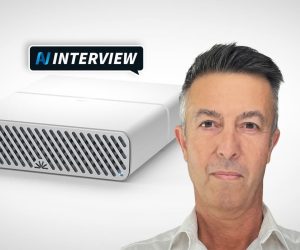

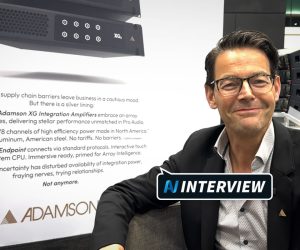
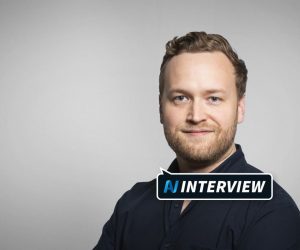
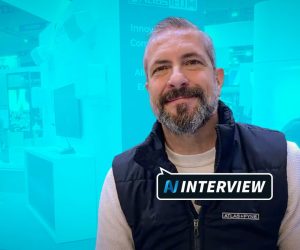
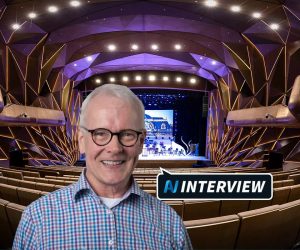



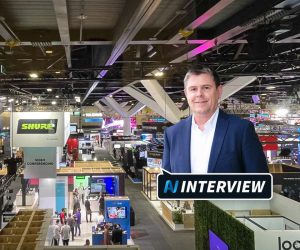




RESPONSES